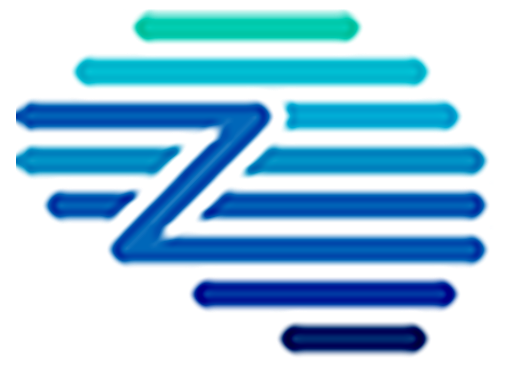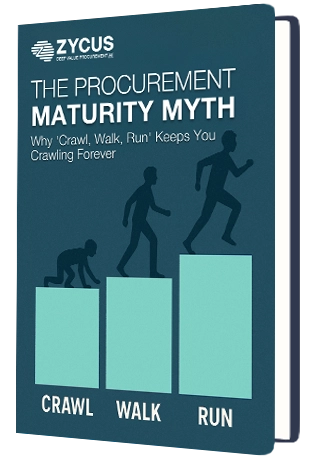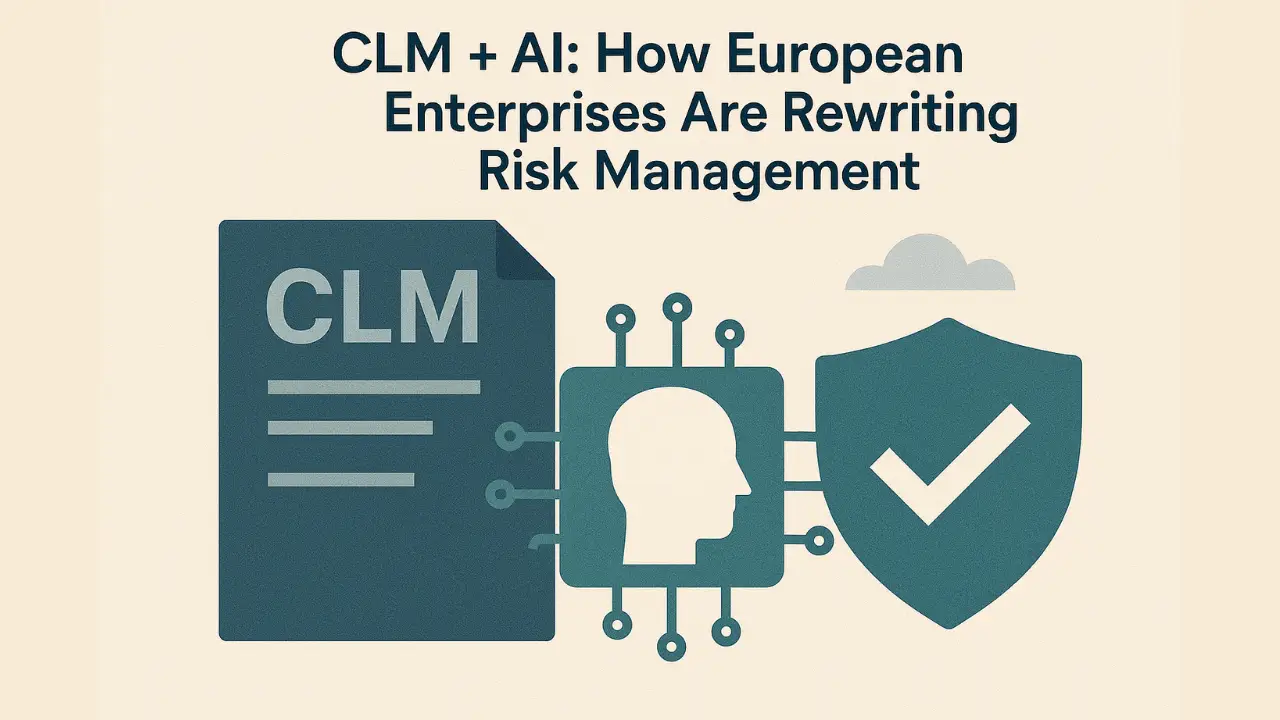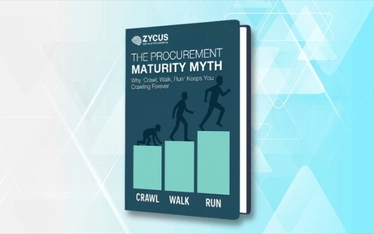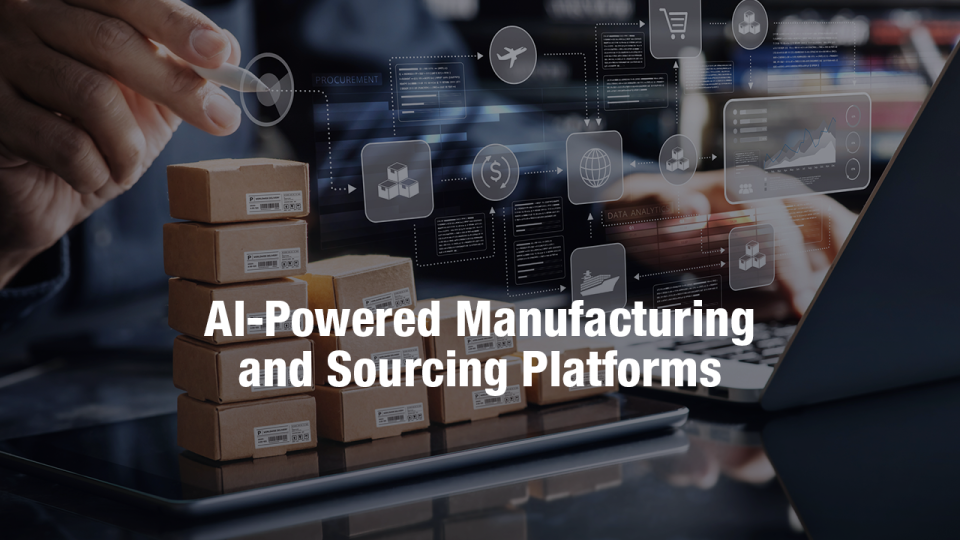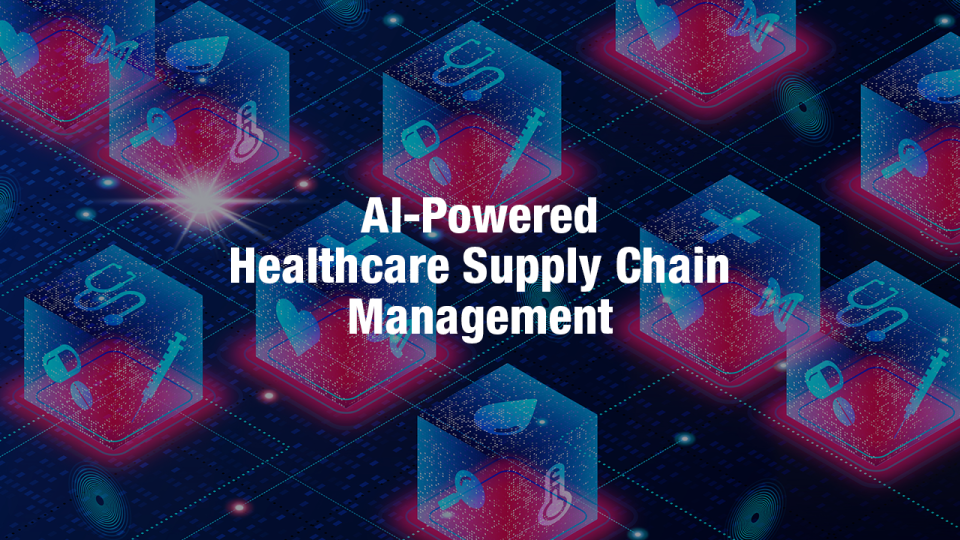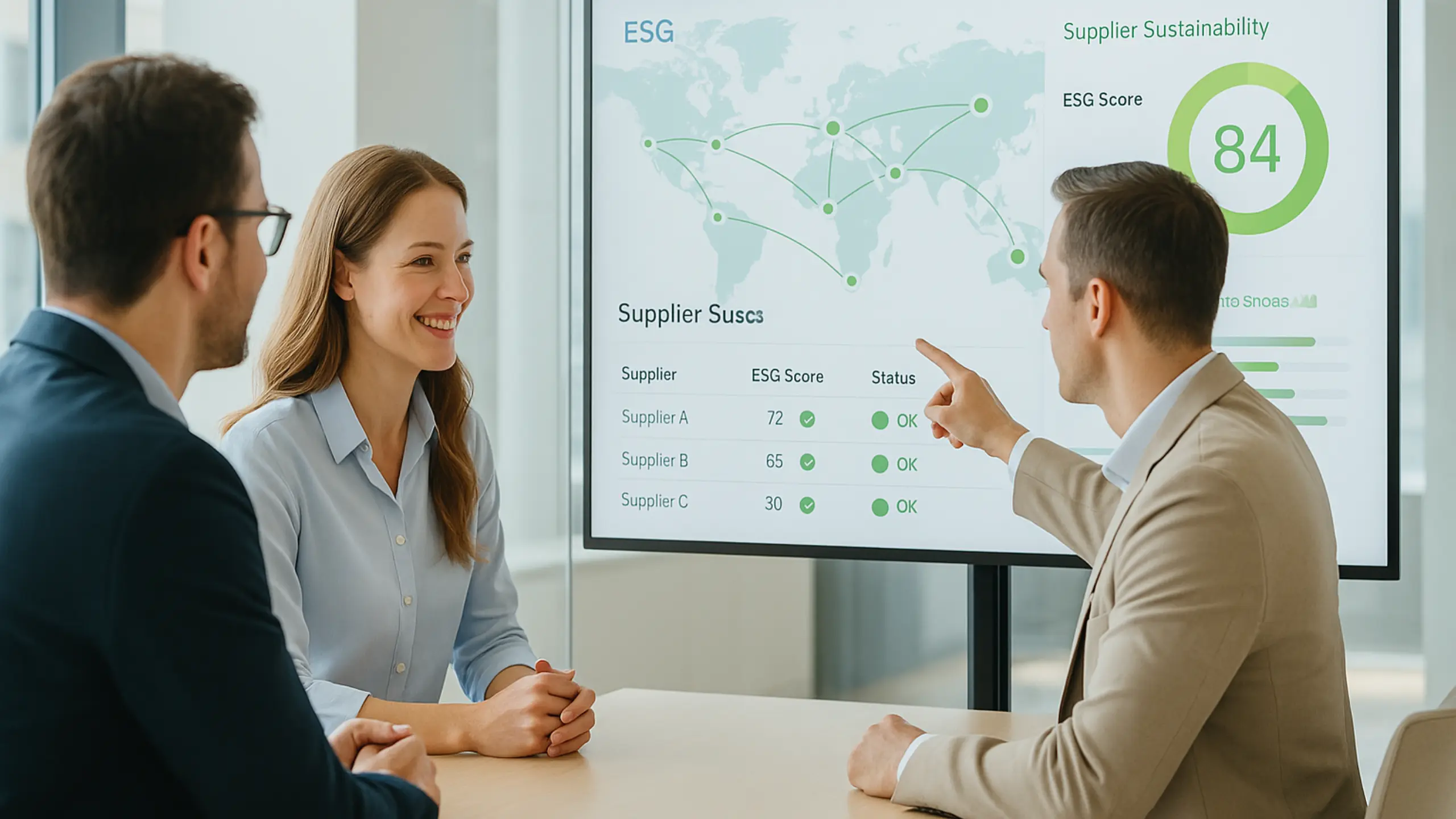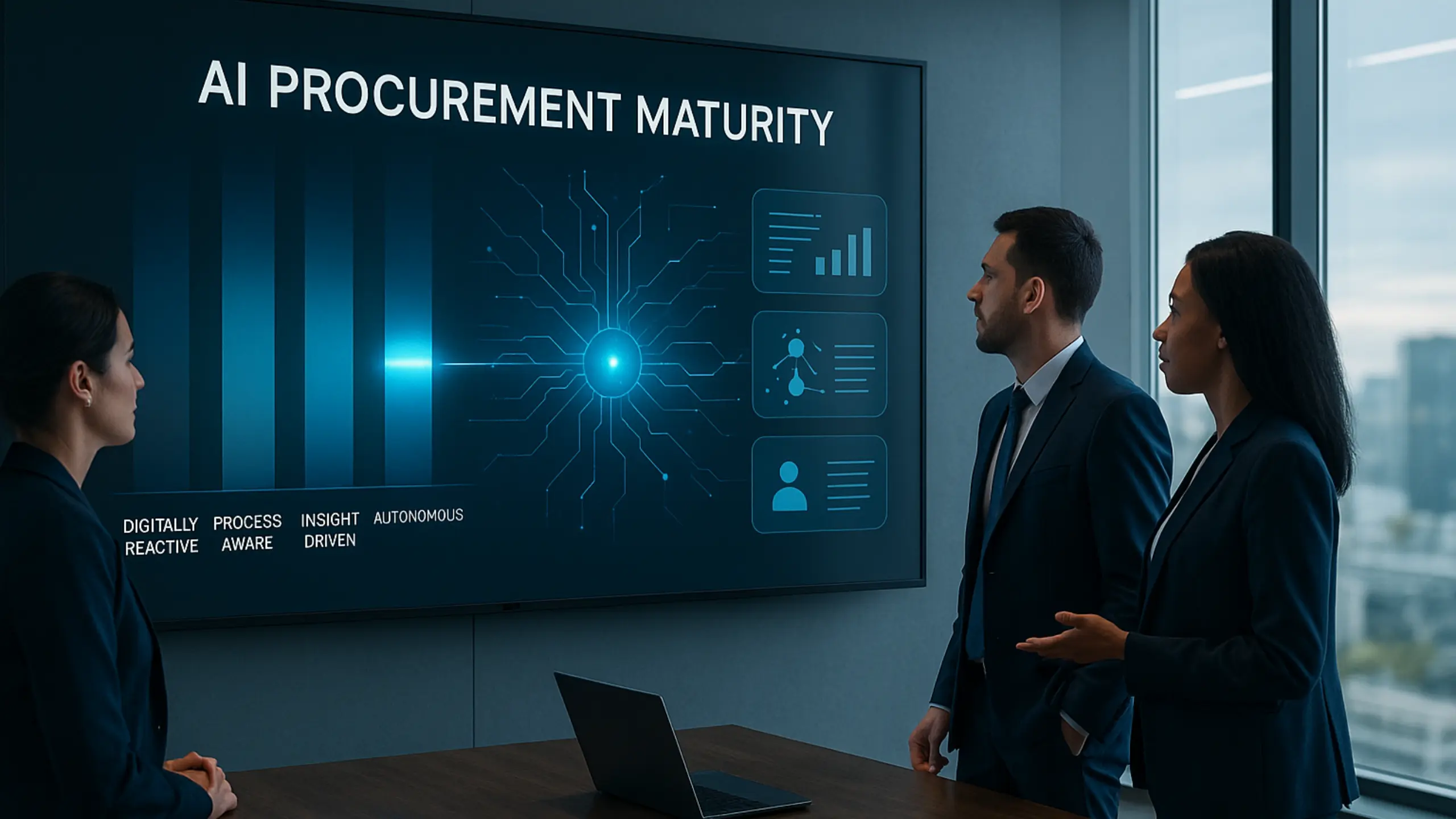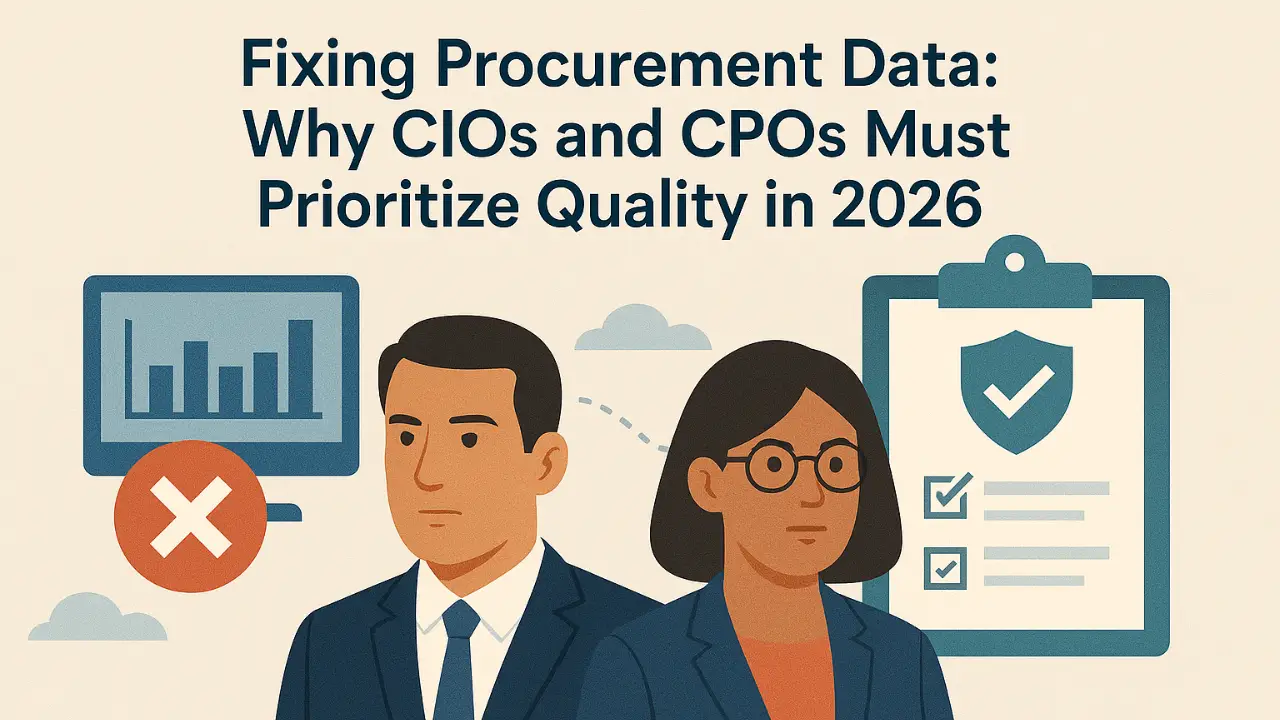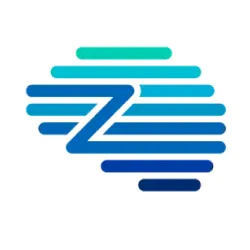Contract Lifecycle Management (CLM) has long been seen as the legal department’s domain — a repository for signed agreements, a system of record. But now procurement, legal, and risk teams across Europe are rethinking CLM as a living, intelligent layer that can power proactive risk mitigation, compliance assurance, and supplier agility. With advances in AI and agentic automation, CLM is evolving into a strategic node in enterprise risk architecture.
In this post I explore how European enterprises are reformulating their approach to risk through CLM + AI, the pressures guiding this shift, and how Zycus’s latest solutions position procurement leaders to lead that transformation.
TL;DR
- AI-powered CLM Europe is transforming how enterprises manage contracts — shifting from static repositories to intelligent, risk-aware systems.
- AI enables clause-level risk scoring, metadata extraction, and real-time deviation alerts, turning contracts into active compliance tools.
- With Zycus’s Merlin Agentic AI Platform and iContract, organizations gain visibility, automation, and governance across sourcing and contracts.
- European enterprises like Selecta AG are achieving faster renewals, improved compliance, and centralized contract control through AI-driven CLM.
- To adopt effectively, start with high-risk categories, define clear risk policies, and ensure integration with sourcing and supplier systems.
- The future of AI-powered CLM in Europe is proactive, enabling procurement and legal teams to prevent risk, ensure ESG compliance, and drive business resilience.
Why Risk Management Needs CLM That Thinks
Risk in contracts is no longer limited to occasional default, termination or force-majeure scenarios. Modern risk vectors include regulatory drift (for example ESG, privacy, supply chain laws), performance failures, hidden obligations, fragmentation, and systemic disruption. Procurement teams cannot afford blind spots.
Analyst research is clear: CLM systems must move from reactive to predictive. A KPMG white paper argues that advanced CLM will not just store contracts but optimize contracting, detect breaches early, and surface unseen risk. KPMG Similarly, trends in contract technology underline modular, AI-powered risk monitoring, clause scoring, and real-time alerts as essential capabilities.
European regulation further pressures this shift. Increasingly stringent ESG mandates, supply chain laws, and AI regulation (e.g. the EU AI Act) demand greater traceability, auditability, and accountability. Contracts must be more transparent and enforceable; unmanaged clauses increasingly become hidden liabilities.
Thus, procurement leaders must treat CLM not as a static filing tool but as the frontier for risk intelligence, deeply integrated into sourcing, supplier management and compliance layers.
The CLM + AI Stack: What Works in Practice
What does it mean in practice for CLM to “think”? Below are key capabilities that distinguish a risk-centric CLM + AI setup:
- Clause-level risk scoring — AI models evaluate individual contract clauses to assign risk scores (e.g. jurisdiction risk, indemnities, termination penalties).
- Automated metadata extraction and validation — From contract text, AI extracts obligations, renewal dates, KPIs, SLAs, audit triggers, and flags inconsistencies.
- Real-time deviation alerts — As contracts evolve, agents detect deviations from approved playbooks or policies, notifying stakeholders before breaches escalate.
- Obligation monitoring and automated workflows — Agents track key milestones, obligations, and deadlines; trigger escalation flows when metrics are off track.
- Autonomous contract generation — Based on intake context (category, spend band, geography), AI drafts first-pass contracts with pre-approved clauses, reducing manual effort.
- Cross-system synchronization — Contract data constantly syncs with sourcing, supplier and risk systems, ensuring that risk intelligence is not siloed.
Enterprises that adopt this stack shift risk management from “firefighting after contract execution” to “prevent, monitor, adapt.”
How Zycus Is Enabling Risk-Aware CLM
At Zycus, we believe the real value resides where procurement, sourcing, contracts, and risk converge. That is why our CLM solutions are being built not as standalone modules but as agentic layers embedded in a unified procurement architecture.
Agentic AI for CLM
Zycus’s Merlin Agentic AI Platform includes a suite specifically for CLM. These agents intelligently draft contracts, perform clause analysis, detect deviations, and oversee renewal triggers under configurable risk thresholds. The system can surface early warnings of non-compliance, audit exposure or supplier risk that might otherwise lie hidden.
Contract Management and Metadata Extraction
Within our CLM portfolio, Zycus Contract Management uses AI to simplify metadata extraction, automating the otherwise manual task of pulling key contract terms in seconds. The new Contract Metadata Extraction Bot further accelerates this process — turning unstructured text into structured risk models.
Gen AI Power Apps for Contract Workflows
Our Contract Management Power Apps layer introduces Gen AI automation to streamline repetitive tasks, improve compliance, and deliver real-time summaries or redacted views for stakeholder review. These apps mean non-legal users (procurement, risk, business units) can interact with contract content intelligently without manual intervention.
Case in Point: Selecta AG’s Transformation
One European story stands out. Selecta AG, operating across multiple markets, used to manage contracts via fragmented spreadsheets, inconsistent templates, and manual review bottlenecks. They adopted Zycus’s agentic approach via Merlin and i Contract to unify, automate, and monitor contracts centrally. As a result, they gained visibility into clause risk, standardized contract drafting, and built a renewal engine that alerts in advance of expiry and anomalies.
This example illustrates how CLM + AI not only enhances operational efficiency but elevates risk control. Click here to read more.
Navigating Adoption — Considerations & Best Practices
Adopting CLM + AI is not without challenges. Here are principles to help mitigate risk and accelerate value:
- Start with high-value categories — Begin automation in categories where contract risk is critical (supplier agreements, critical services) rather than spraying across all contracts.
- Define risk policies, not just rules — Train agents with policy context (corporate thresholds, regulatory boundaries), and preserve human veto power for ambiguous cases.
- Audit trail and explainability — European procurement must comply with audits and review; agents must produce records, rationales, version histories.
- Iterate and model governance — Regularly review agent decisions, retrain models, and refine clause templates.
- Integrate deeply — The CLM engine must link to sourcing, supplier risk, spend analytics — risk insights are only valuable when operationalized.
Where the Market Is Headed: Trends to Watch
Several macro trends will accelerate CLM + AI adoption in Europe:
- Agentic AI proliferation — More procurement platforms will deploy autonomous agents across sourcing, contracting, and negotiation.
- ESG and regulatory embedding — Contracts will increasingly embed ESG clauses, sustainability triggers, compliance audits, making clause risk more dynamic.
- Predictive contracting — AI agents will begin suggesting redlines or favorable terms based on prior outcomes, negotiation history and market intelligence.
- Cross-functional CLM — CLM won’t remain legal-only — procurement, risk, audit, supplier management will collaboratively own contract intelligence.
- AI governance and standards — As AI regulation evolves (for example via the EU AI Act), procurement teams must ensure explainability, bias mitigation, oversight.
Closing Thoughts
European procurement leaders must rethink contracts not as static obligations but as dynamic, risk-aware assets. By layering AI and agentic automation over CLM, enterprises can detect, manage, and mitigate risk continuously — not reactively.
Zycus’s agentic CLM architecture, extending from intake to negotiation, metadata extraction and renewal, offers a path to unlock that intelligence. The organizations that adopt intelligently will lead: not because they have more contracts, but because they understand them.
FAQs
Q1. Why are European enterprises integrating AI with CLM?
Because AI enables predictive risk detection, automated clause analysis, and continuous compliance — critical for managing evolving ESG and regulatory pressures.
Q2. How does CLM + AI improve risk management?
AI-enhanced CLM systems proactively flag deviations, assess clause-level risk, and automate monitoring, shifting risk management from reactive to preventive.
Q3. What role does Zycus play in this transformation?
Zycus’s Merlin Agentic AI Platform powers intelligent contract drafting, metadata extraction, deviation alerts, and obligation tracking through its iContract suite.
Q4. Which industries benefit most from CLM + AI?
Highly regulated sectors like manufacturing, energy, finance, and logistics — where auditability, supplier risk, and compliance transparency are mission-critical.
Q5. What should CPOs and legal leaders prioritize before adopting CLM + AI?
Start with high-risk categories, define policy thresholds, embed explainability, and ensure integration with sourcing, supplier, and spend systems.
Related Reads:
- Success Story: European Hotel Group Experiences Increased Productivity Through A Stable And Scalable Zycus P2P Solution
- Watch Video: Driving procurement resilience amidst economic downturn & uncertainty: A European Perspective
- Research Report: Ten Megatrends and insights for the European CPOs
- Source-to-pay vs Procure-to-pay: A Guide
- How S2P Applications Supercharge Your Bottom Line
- Source To Pay Optimization in Procurement: Benefits and Best Practices
- Your Guide to Source-to-Pay
- You Can’t Miss these 7 European Procurement Best Practices

